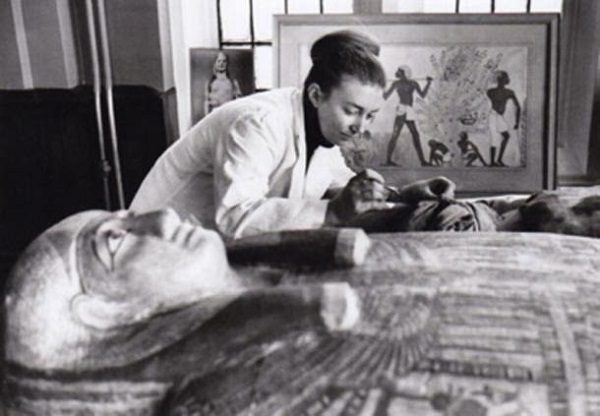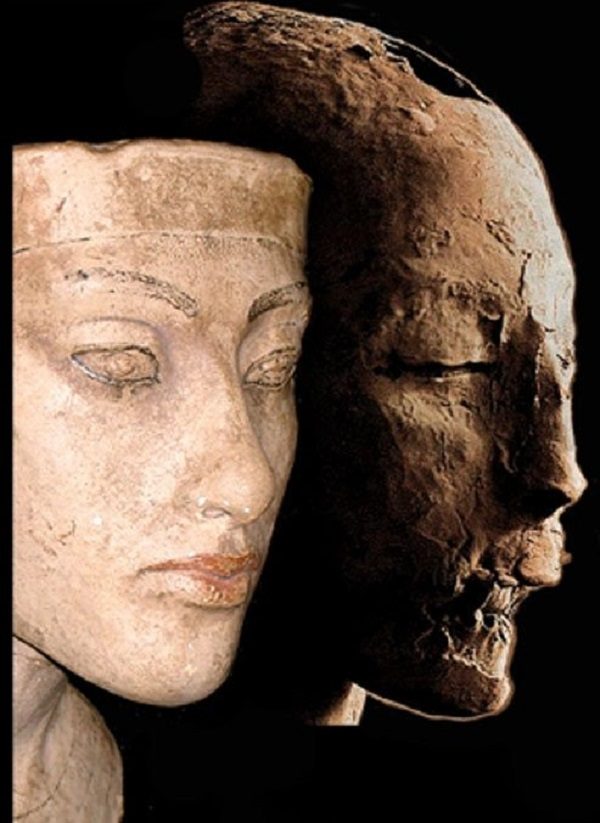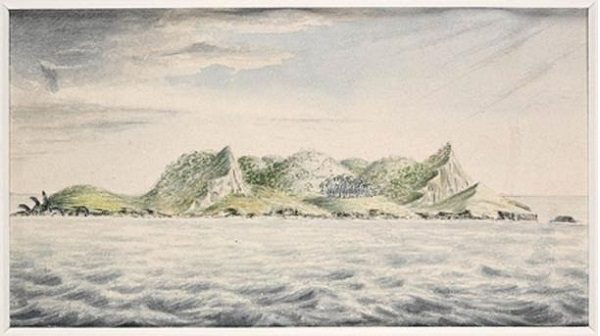Do Cocaine Mummies Indicate Ancient Travel Between Egypt and the Americas?
The discovery of cocaine residue in Egyptian mummies has sparked a fascinating debate among historians and archaeologists regarding the possibility of ancient travel between Egypt and the Americas. Cocaine is a plant native to South America, leading to intriguing questions about how this substance could have found its way into Egyptian tombs. While some scholars propose alternative explanations, the presence of cocaine in mummies suggests the existence of transoceanic contact between these two distant regions in ancient times. This article delves into the significance of cocaine mummies and the theories surrounding them.
The use of cocaine in ancient Egypt is a perplexing phenomenon, considering its origin thousands of miles away in the Americas. Cocaine, derived from the coca plant, was not known to exist outside of the Americas until the modern era. However, studies conducted on Egyptian mummies dating back to around 3,000 years ago have revealed traces of cocaine in their hair, skin, and organs. This discovery challenges the prevailing understanding of pre-Columbian history and raises the possibility of cross-continental interactions between ancient civilizations.
Cultural Diffusion: One theory suggests that the presence of cocaine in Egyptian mummies could be attributed to cultural diffusion, wherein knowledge, goods, and practices spread gradually through trade routes and interactions between different civilizations. Proponents argue that trade networks, though limited, may have facilitated the exchange of exotic substances like cocaine.
Transoceanic Contact: Another theory proposes that direct transoceanic contact between Egypt and the Americas might have occurred in ancient times. This theory posits the existence of seafaring capabilities and advanced navigation techniques that enabled ancient Egyptians to undertake long-distance voyages across the Atlantic or Pacific Ocean. Supporters point to similarities in ancient Egyptian and Mesoamerican iconography and architectural motifs as potential evidence of such contact.
Contamination or False Positives: Skeptics argue that the presence of cocaine in Egyptian mummies may be the result of contamination or false positives during the testing process. They suggest that modern contamination, either during excavation or subsequent handling, could have introduced cocaine into the mummies. Additionally, certain plants in Egypt, such as the Erythroxylum plant, could have produced similar compounds that yielded false positive results.
The discovery of cocaine in Egyptian mummies has ignited a captivating discussion about the possibility of ancient travel between Egypt and the Americas. While the prevailing theories of cultural diffusion and transoceanic contact offer competing explanations, the presence of cocaine remains a mysterious anomaly. Further research, meticulous analysis, and technological advancements in testing methods will be crucial in unraveling the truth behind this enigmatic connection. The debate surrounding cocaine mummies reminds us of the intricacies of ancient history and the potential for undiscovered intercontinental interactions that could reshape our understanding of the past.
Hits: 1







